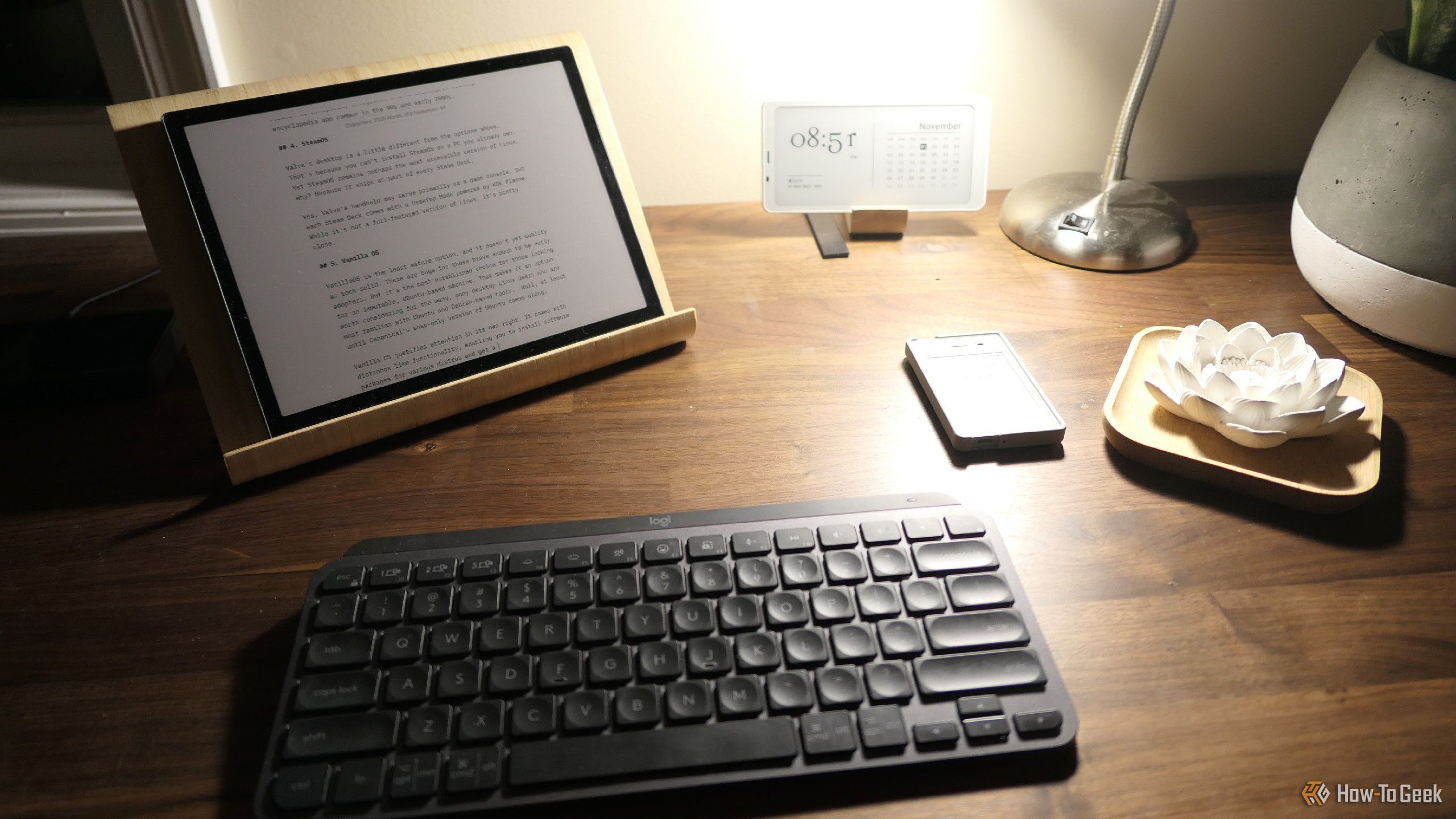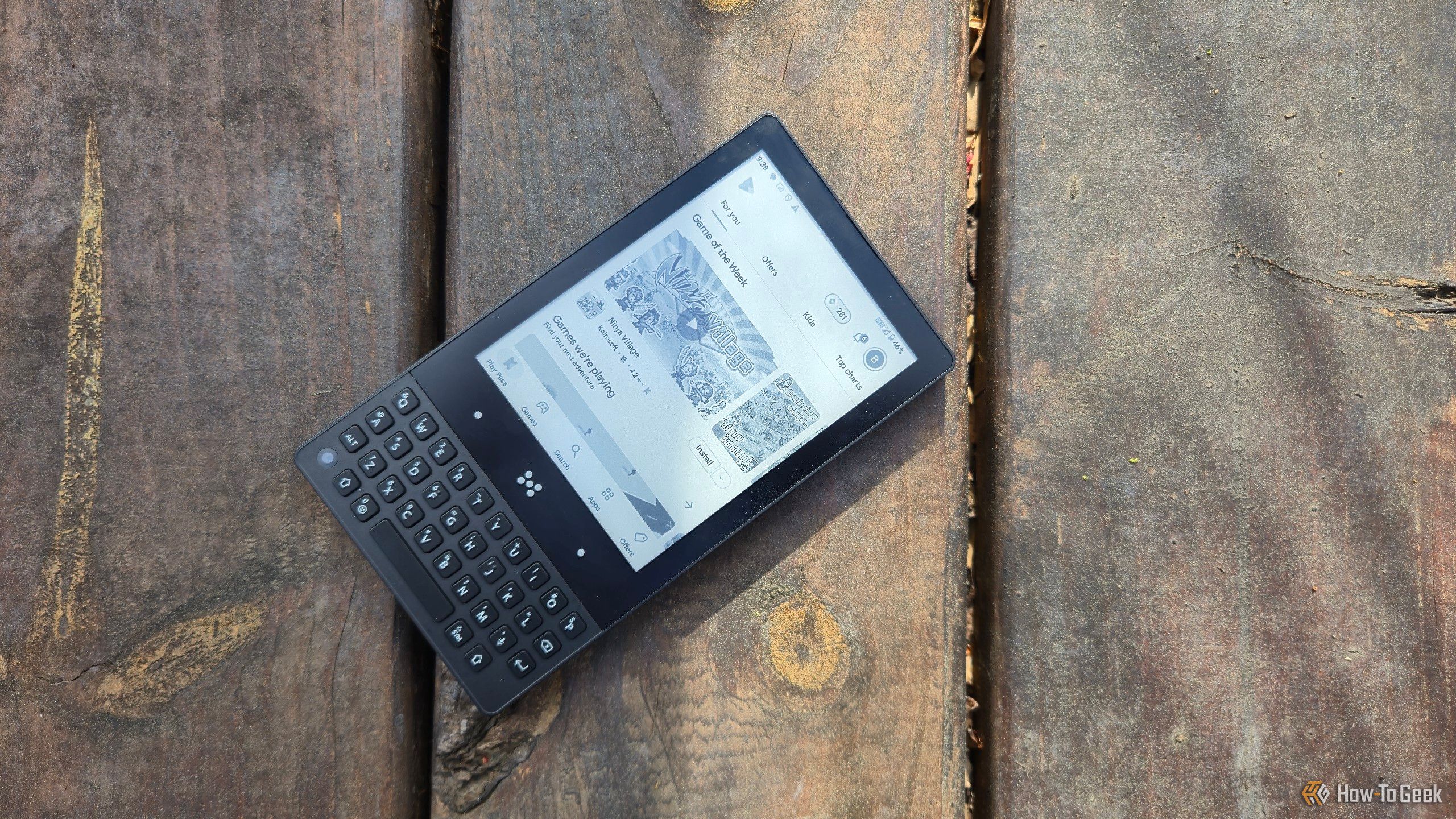I used a Light Phone 2 for years, and I have a pre-order for the Light Phone 3 on the way. I love these phones, but there are downsides that brought me back to using a smartphone.
The promise of a Light Phone has always been to live light, primarily in a mental sense. Physically, though, I find myself having to leave home toting around a lot more heavy stuff.
Minimalist Phones Intentionally Do Very Little
The Light Phone has consistently made its name by doing less than almost any other phone. The original could only place calls. Even text messages were a bridge too far. The Light Phone 2 could not only talk and text, but it could also play music, stream podcasts, and show you how to get somewhere. It did all of this on a monochrome E Ink screen and lacked a camera of any kind.
Here is one of the last photos I took of mine, right before I sold it on eBay.
The Light Phone isn’t alone. There have been variations of the same idea from companies like Punkt, Mudita, and the Minimal Company. These products all provide a way to free ourselves from screen addition by putting in place physical constraints on our digital lives.
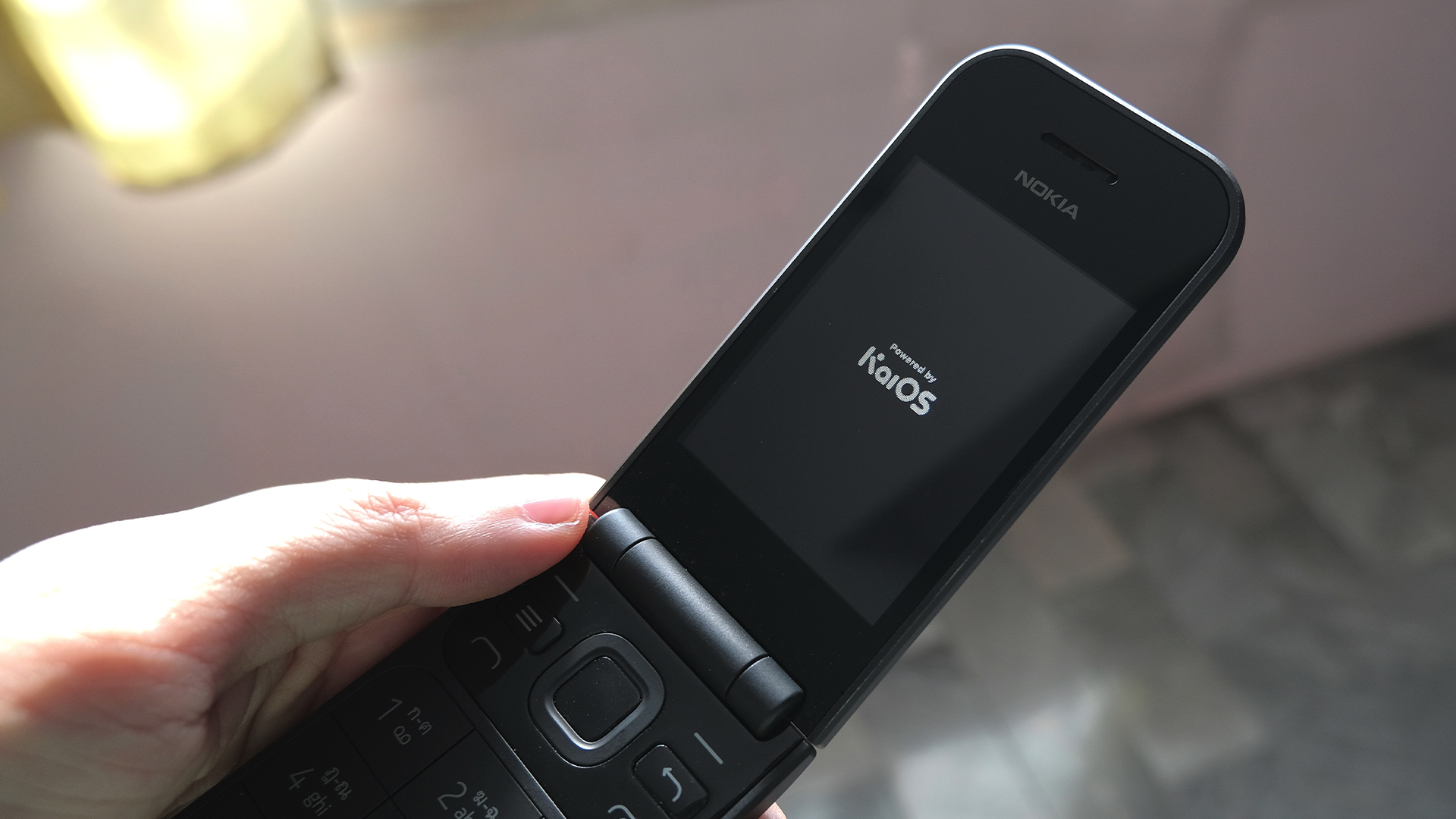
Related
Unfortunately, that’s a bigger challenge for some of us than others, and it isn’t due to willpower.
The World Expects Us to Be Digitally Connected
The modern world is one where the smartphone exists and most people have one. More adults have smartphones than own their own car, their own home, or their own land. Within countries, we can’t count on having shared religious or national values, but we do all have phones, likely made by one of only a handful of companies and running one of two operating systems (the differences between which have substantially shrunk with time).
To do without a smartphone isn’t just a choice of what kind of tool to use—it’s a profoundly counter-cultural decision, and it’s one that comes with all kinds of friction and difficulties. Such a thing doesn’t immediately scare me off. Back before I replaced my PC with my phone, I made a solid effort to do all of my work from E Ink devices.
But we’re not talking mere inconvenience here. In certain corners of the world, retailers more readily accept mobile payments than have enough cash on them to give you change. Some restaurants expect you to scan a QR code to see a menu. Likewise, many products no longer ship a product manual and instead say to scan a QR code instead. A doctor’s office may expect you to visit a URL on your phone and fill out a form. Airlines shuffle flights around with the assumption that you can keep up by staying informed using their apps. Even schools now allow students to pay for snacks at vending machines using an app.
My wife and I were fortunate enough to get to build our own home a few years ago, and we worked directly with contractors. Sometimes the fastest way for them to exchange information was through picture messages. When I said my phone couldn’t do that, they were baffled. That’s something phones have been able to do for decades, since well before the smartphone!
When I asked if they or I could send an email instead, that wasn’t the simple solution I thought it would be. Many people are more familiar with text messaging than email or anything conventionally associated with PCs. The end result meant I was arriving at the site several times a week with a separate camera, a 5G hotspot (the Light Phone 2 only has 4G LTE), and a computer to transfer my SD card over to, just to send pictures to contractors and family members.
Many of Us Now Work Entirely Online
We often don’t just need a phone line to do our jobs; we need specific mobile apps. Some of these can be accessed from a PC just fine. I’ve worked remotely my entire professional career, and accessing Slack and task-management apps has been perfectly doable (though I’ve noticed a productivity boost from being able to handle small tasks from my phone rather than having to dig out my laptop each time). Yet I’ve also seen that some apps require a smartphone, like app-based authentication.
This is an advantage the Minimal Phone has over most other intentional phones, since it comes with full access to the Play Store. You won’t want to use this phone for mindless streaming and swiping, but you can still install your necessary work and chat apps.
Yet even the Minimal Phone still can’t serve as many people’s work phone. While this isn’t an issue for me, people who have to regularly attend meetings are often expected to be able to hop on a video call. A smartphone with a full-color screen gives you the flexibility to not miss a meeting just because you need to travel or run an errand in the middle of the day. The Minimal Phone would let you join the call, but good luck seeing anything that may be presented. You could bring a laptop instead, but that’s one more bag to carry, and if its battery is about to run out on you, it’s not as easy to charge on the go.
A committed person can jump over most of these hurdles, but there’s still a degree of anxiety that comes with all this extra work. If I set too many boundaries, and my employer or clients find me too difficult to work around, will this cost me my job?
Less Screen Time, More Tech
Owning a Light Phone 2 didn’t mean I traveled the world lighter. Just the opposite, in fact. I grabbed an everyday carry bag whenever I left home. Since my phone lacked a camera, I needed a separate one if I wanted the option to capture personal memories or needed to take photos for work. Work also meant I needed to have either a laptop or a tablet.
These devices beget other devices. To work from a tablet, I needed a Bluetooth keyboard and mouse, or, at a minimum, a stylus that helped me gesture-type lengthy texts and navigate websites with mouse-like precision. Since these devices lacked internet access, I carried around a portable hotspot. I could use my Light Phone as a hotspot, but its battery life was bad enough without the help, and its cellular radios weren’t that great to begin with. It’s the weak reception in particular that made me excited to see the addition of 5G in the Light Phone 3.
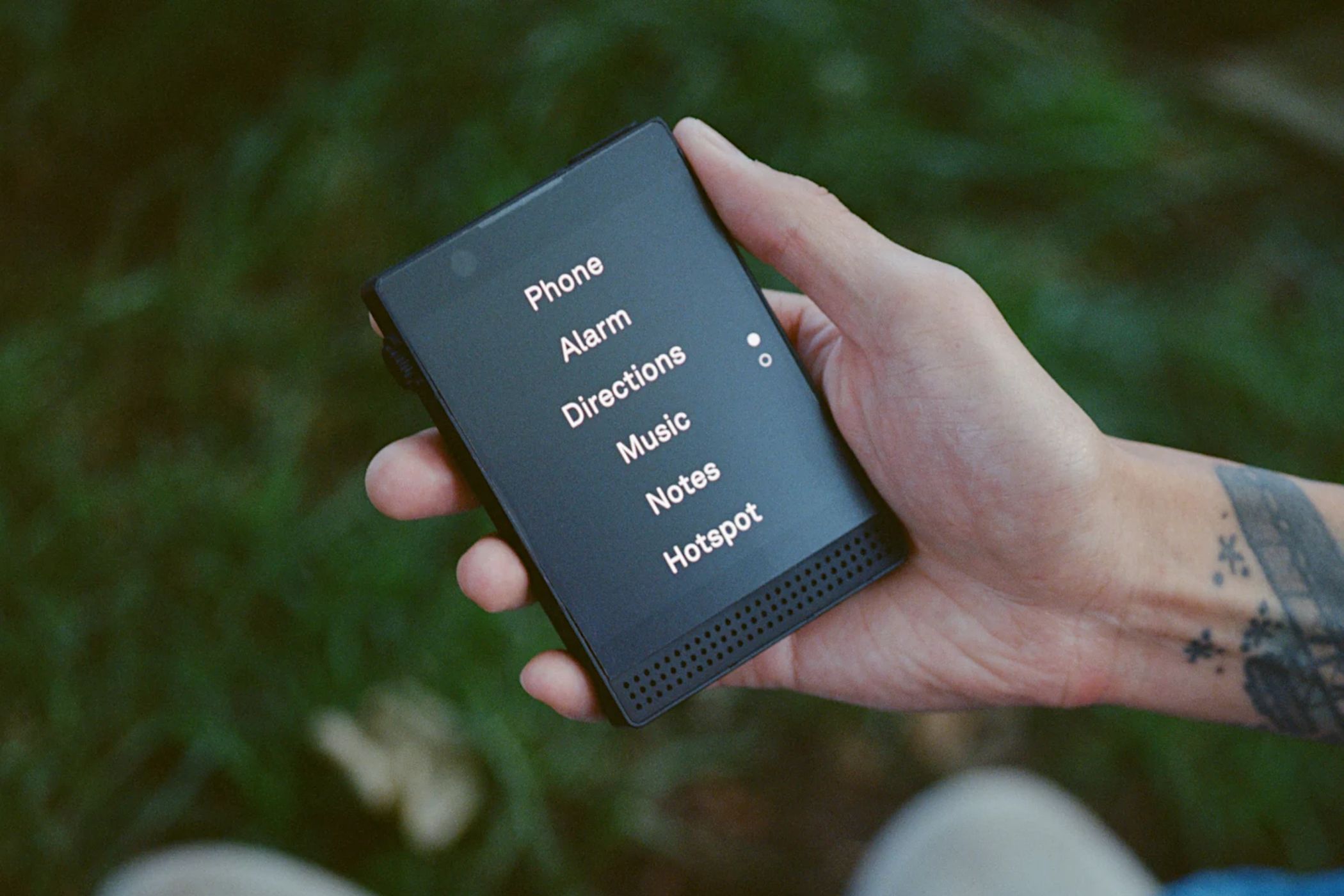
Related
Why I Pre-Ordered the Light Phone 3, a Minimalist Phone With Screws and a Wheel
Of all the new phones announced this year, this is the one I want the most.
If I wanted to read an ebook, I needed a separate tablet or eReader. When I felt the occasional urge to play a game, that also required lugging around a separate piece of kit. I briefly tried out a Steam Deck but sold it after lugging it around got old fast.
Quite frankly, I have never carried around as much tech as I did during my years using the Light Phone 2. Did I feel like my overall screen time went down? Sure. But at what cost?
I’m still tempted to try it all again. Like I said, I’ve pre-ordered a Light Phone 3, and it looks like a stellar improvement over the previous model, a device I already loved.
Yet in the time since owning a Light Phone 2, I’ve discovered foldable phones and have gone so far as to replace my PC with my Galaxy Z Fold 6.
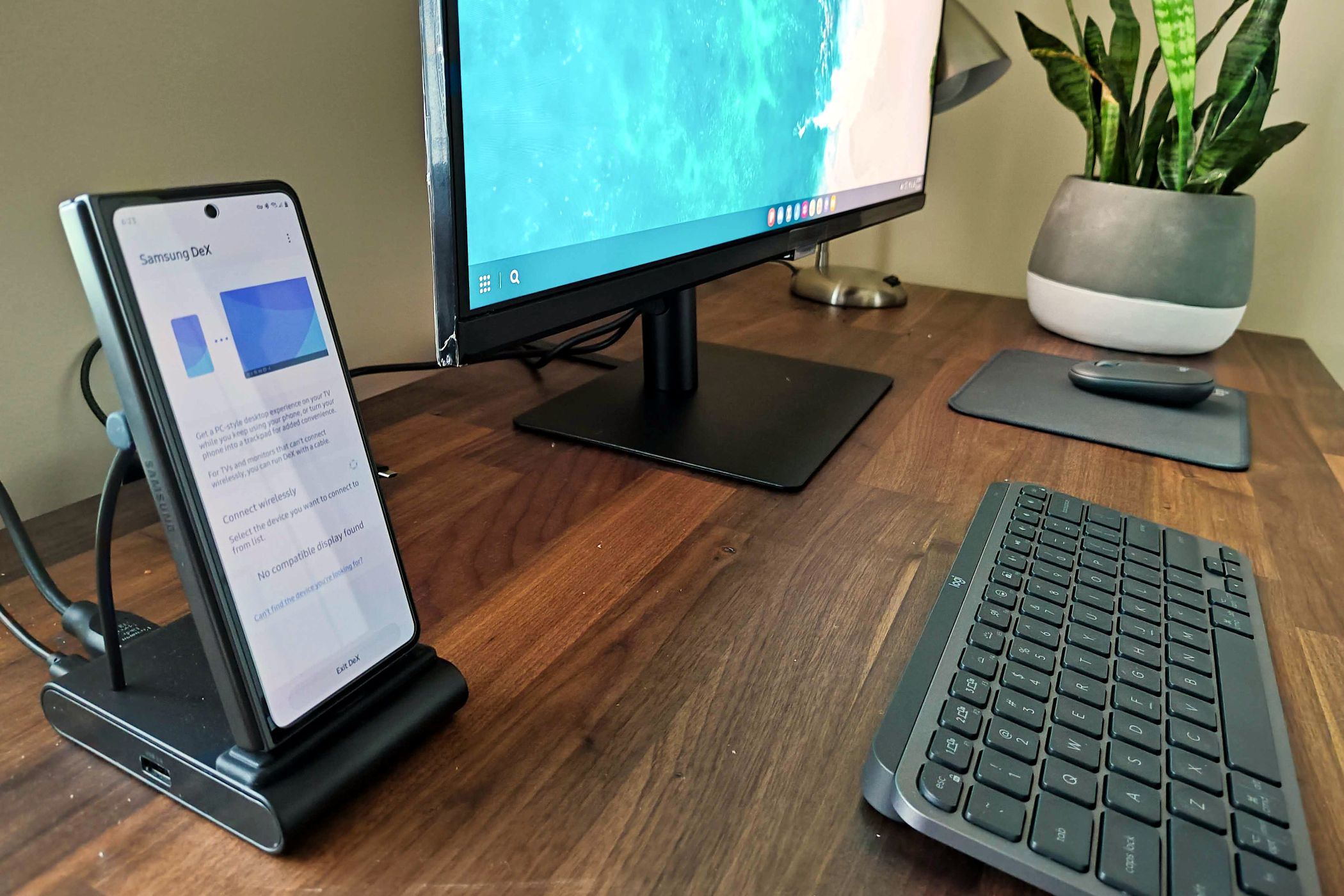
Related
Here’s How I Work Online Efficiently Without a PC
I once did everything from a laptop. Now I can’t be bothered.
I now travel substantially lighter than I ever have as an adult. With just my phone and S Pen, even if I leave all of my various accessories at home, I know I have everything I need to stay connected with family, keep up with work, and interact with the modern world. When I think about the amount of tech I would need to buy to pivot away from my current setup in order to embrace a more intentional phone, the jack-of-all-trades in my pocket starts to feel like the more digitally minimalist choice.



